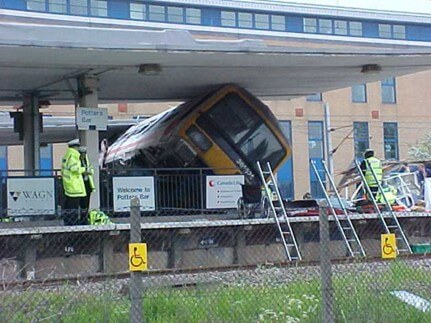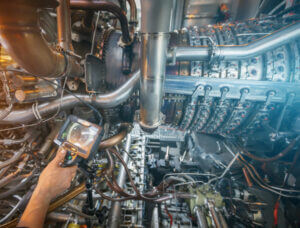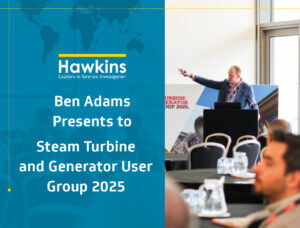Collisions and incidents involving trains, including rolling stock, light rail, and mass transit systems such as trams, result in damage to vehicles and personal injuries, with consequential effects on service delivery and lost revenue. Rail vehicles are also used in many industrial settings and amusement parks, and incidents can result in personal injuries, damage to property, and business interruption.
Rail vehicles by their very nature operate on tracks, and therefore the options for avoiding a collision are limited to braking to either slow down or come to a stop. For the most part, rail vehicles such as trains, operate in an environment where they are segregated from hazards such as vehicular traffic and pedestrians by design. Issues can however arise where different forms of traffic meet.
Pedestrians and Passengers
One of the main areas of risk for the passengers of trains and trams is at the platform to train interface. Hazards for passengers include falling from the platform onto the track (and then potentially being struck by an approaching train), falling between the platform and the train, and being trapped in the train doors. In the investigation of an incident at the platform to train interface, an assessment of the adequacy of measures to reduce the prevalence of such incidents is often undertaken.
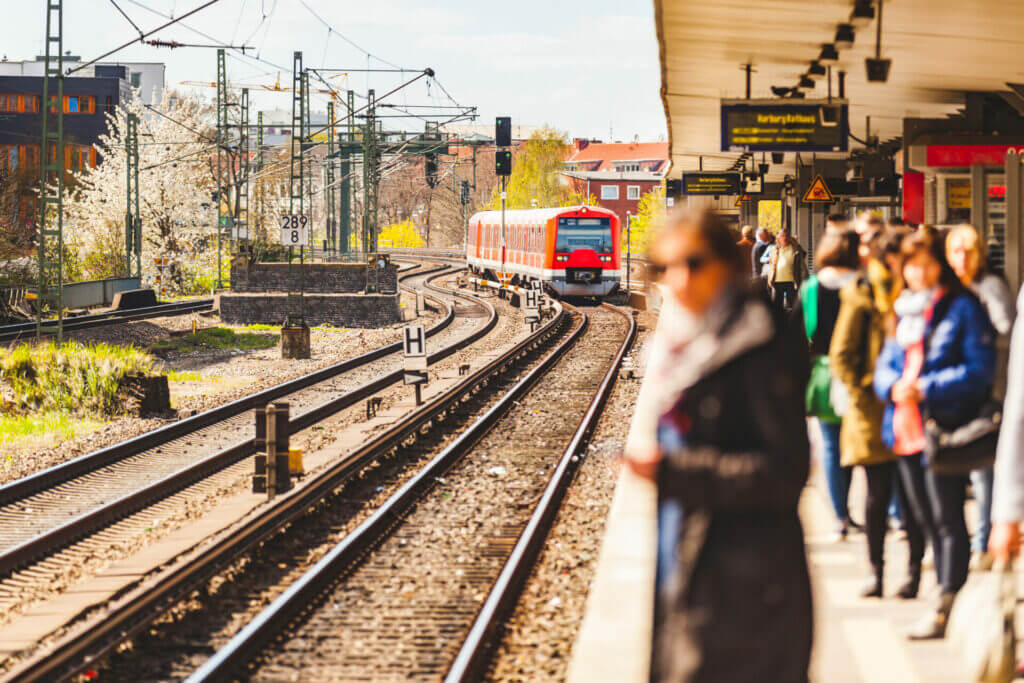
That assessment can include measurement of the friction levels provided by the platform surface, and a review of the platform markings and tactile surfaces to denote edges. The quality of any lighting (both above and below the platform) should be considered and followed-up by a review of the relevant safety requirements and standards. Physical measures, such as barriers or additional platform doors to prevent passenger access trackside can also be assessed. In some instances, motion detection or CCTV algorithms can be used to detect objects or people on the track. However, many rail systems are legacy systems and do not utilise the latest technology; therefore, additional platform doors and motion detection systems are not universally adopted. Systems which could result in false detection events (for instance being accidentally triggered by debris or animals) could also result in service disruption, and therefore their adoption can be impractical. Consequently, many systems rely on observation by the driver or other rail staff via CCTV systems or mirrors to ensure that the train is safe to depart. The condition and coverage of those systems can also be reviewed as part of an investigation.
Trespassers, whether intentional or accidental, can also pose a direct risk to themselves and trains, and cause damage to infrastructure. Infrastructure elements, such as gates, barriers and fences, along with appropriate signage, can help to deter trespassers, and can be considered as part of an investigation.
Pedestrian and Vehicle Crossings
Incidents can also occur at railway crossings (for pedestrians or vehicles), and in mixed traffic areas in the case of trams. Many warning elements (signage, lights, barriers etc.) along with warning procedures and sight lines for all parties need to be considered. The requirements for crossings should be reviewed in the context of the design of the crossing facilities and guidance such as Principles for managing level crossing safety published by the Office of Rail and Road (ORR). Trams have additional physical safety features fitted to them which enable their use in mixed traffic areas.
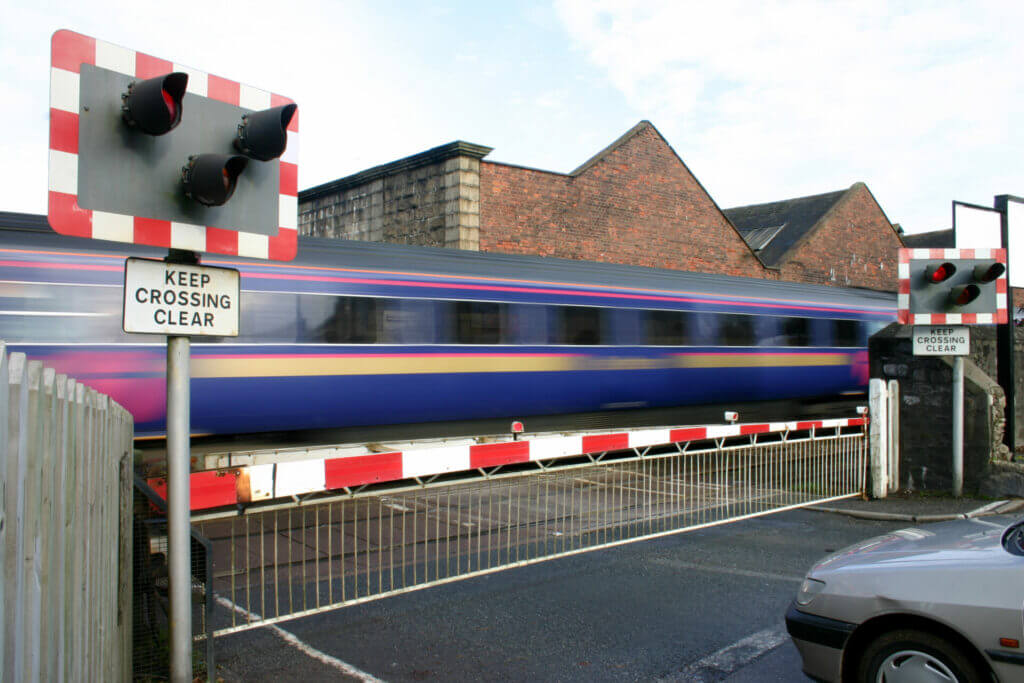
At the time of an incident, all efforts must be made to secure the evidence that could be considered relevant as part of an investigation. Such information is often captured as part of a Police or Rail Accident Investigation Branch investigation. The Rail Accident Investigation Branch (RAIB) is a Government agency with a statutory role to investigate many railway incidents to find cause, but not apportion blame or establish liability. The RAIB investigate all incidents on the national rail network and metro systems (including the Underground), but its remit does not include those on private land (e.g. industrial rail systems, museums, and amusement parks). Information is often gathered as part of an internal investigation for public railway operators and is critical in incidents in the private domain where there is no RAIB involvement. This information includes, but is not limited to, witness statements, operational data, CCTV recordings from both station and trackside locations, and other premises that could overlook the incident. CCTV is often critical, as it shows the movements of individuals and rolling stock, along with providing a timeline of events. If sufficient details are provided, train speed, vehicles and pedestrians can be calculated depending upon the quality of the recordings available. On-vehicle CCTV systems can provide further information showing the relative location of people and their actions, and if sufficient coverage is provided, potentially a driver’s responses. Datalogging systems related to the rail vehicle can provide speed, deceleration and positioning of a train (or trains) prior to, during and after an incident.
Derailments
Derailments can also result from material failures to both the vehicle and the track through fatigue, damage, overloading, and inappropriate maintenance. Hawkins have metallurgists and material scientists who can investigate failures to determine the root cause and the sequence of events for such incidents.
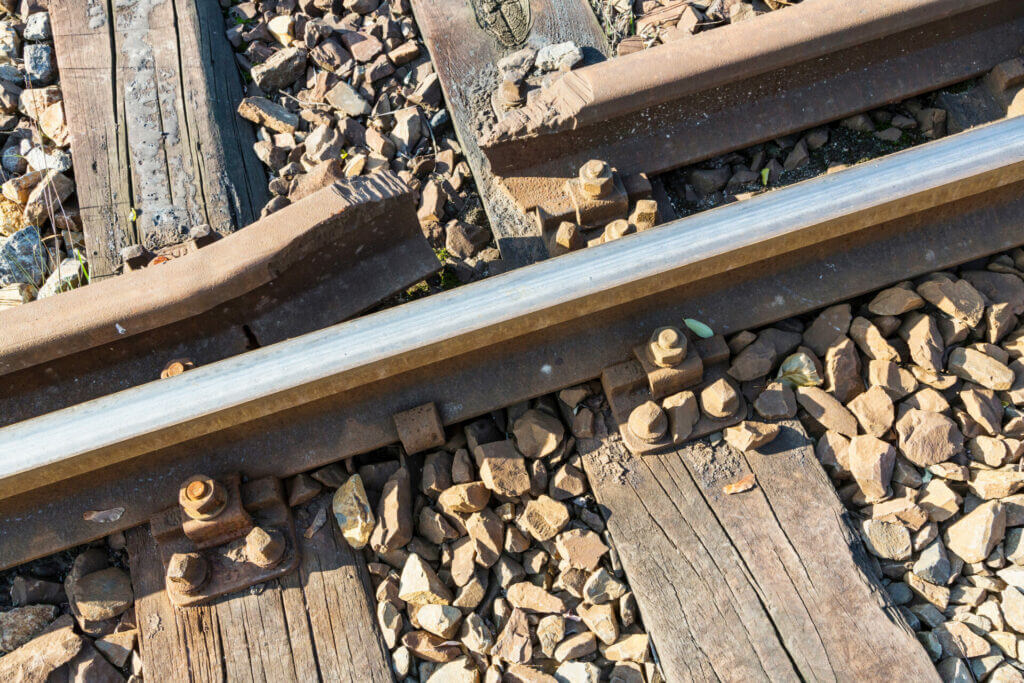
Collisions
When reconstructing a collision involving a train or tram, avoidance aspects (by the drivers involved) must be considered, although as highlighted above, the avoidance measures for rail vehicles are limited to braking, in contrast to a car where steering could also be used to avoid a collision. The driver’s view from the cab, which is often limited by the geometry of the windows, can be assessed along with any exterior lighting. Such an examination will usually require access to the train in a suitable area, where measurements of the field of view from the driver’s position and exterior lighting of the vehicle can be obtained. Where possible, an assessment of the scene is helpful, although it is often not practical to assess the scene ‘on foot’, depending on the management of access trackside and the incident location. Under such circumstances, a ‘drive through’ of the scene on an exemplar train fitted with video recording equipment can be used to obtain an appreciation of the scene. Other measurements can often be obtained by personnel working during engineering hours. The driver’s likely Perception Response Time (PRT) range can be determined according to published research, similarly to studies on car drivers, although there are some specific nuances regarding a rail environment. Such aspects can include levels of automation to the vehicle in question, which based on published research, can alter the likely PRT range. The field of view and lighting conditions, as well as the nature of the environment (i.e. if the incident occurred in an area where such a hazard might be expected) can also have a bearing on the likelihood of a driver detecting a hazard, and their associated PRT.
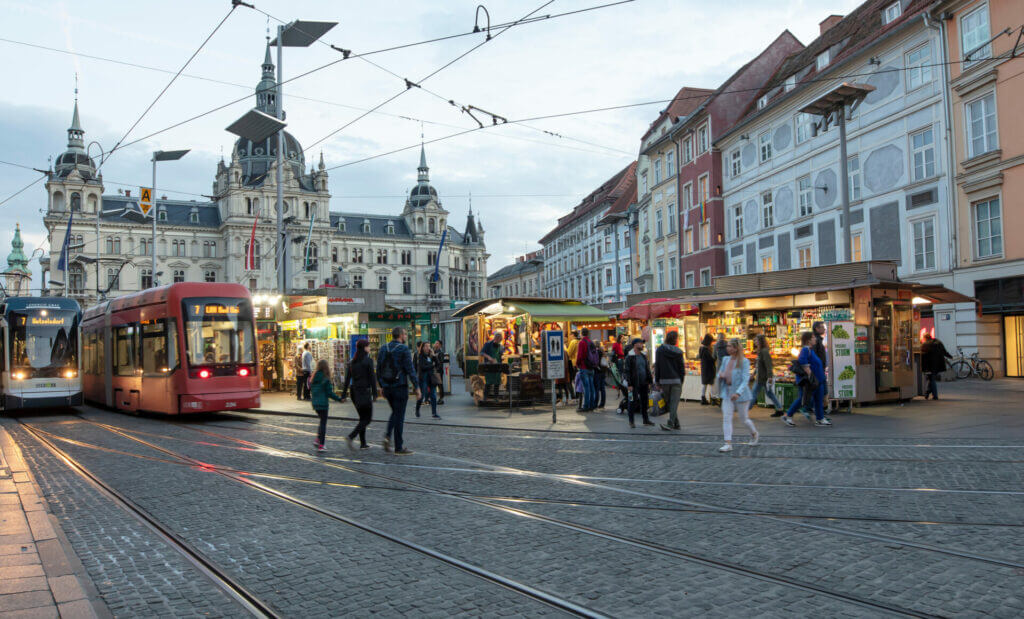
The braking response of the train can also be calculated when determining the overall braking distance. That can include the ‘rise time’ of the braking system, and the likely deceleration achieved by the train (often a minimum level specified in the train design). Such information can often be obtained from the equipment manufacturer, although information from testing during routine maintenance, can also be useful. It should be noted that the deceleration levels achieved by rolling stock is seldom as high as those achieved by cars and lorries. That is in part due the levels of friction available at the wheel to rail interface, and therefore ambient conditions (weather, leaves etc.) can have a significant effect on the deceleration levels that can be generated. Guidance, such as Network Rail standard NR/L2/OPS/045-4.07 National Operating Procedure, Section 07 Railhead contamination levels, exists for locations at a high-risk of rail head contamination and low adhesion conditions (such as areas prone to heavy leaf-fall or ice). The Network Rail operations standard NR/L3/OPS/021/01 Autumn Management also outlines how Network Rail and train operators prepare, manage and respond to the risks arising from autumn weather. However, each route will be subject to a specific process depending upon the risks that are present locally; that process, and conformity to it, can also be reviewed as part of an investigation. However, it must also be considered that high levels of deceleration could also lead to injuries to unrestrained and standing passengers.
Many trains include a data logging system, which can provide an insight into an incident including the speed of the train on the approach to and during a collision. Deceleration rates and the response of the driver can often be calculated from any data recorded on the train. The operation of automation systems for control and signalling could be reviewed and, where available, compared against any recorded data to determine if it has operated as designed.
Damage to a train and another vehicle (for instance a car) can also be assessed to confirm if the damage to the vehicles is consistent with the reported circumstances of the incident. If sufficient information is available, the scope of any likely repairs can also be determined when considering quantum in such cases.
About the Author
James is a Chartered Mechanical Engineer and has led a wide range of investigations relating to collisions and personal injuries involving vehicles and machinery. James specialises in incidents involving large goods vehicles, agricultural equipment and rail vehicles. Many of these investigations have required a review of appropriate health and safety procedures and guidance. James has also produced reconstruction reports for vehicle collisions. He is experienced in analysing CCTV footage and has conducted numerous scene surveys and vehicle examinations. He has also given evidence as an expert witness in Court proceedings.
Hawkins has investigated a number of rail incidents, including notable incidents such as the Potters Bar derailment in 2002, as well as incidents where the RAIB has not been involved (such as amusement park incidents and other related industrial failures). If you have a rail related incident and would like to speak to James or another member of our team, contact us for a free initial consultation.
